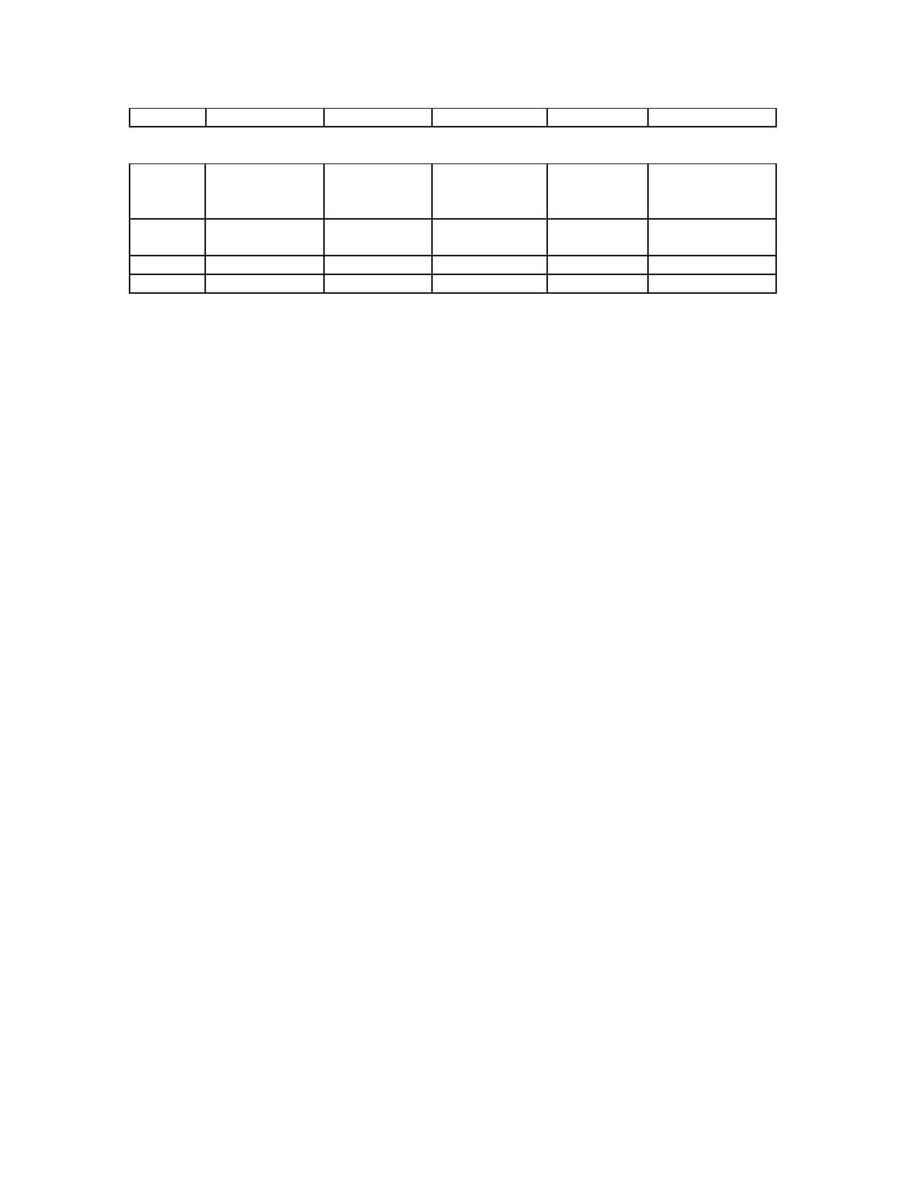
P
NS
NS
NS
NS
NS
Table 2. Periodic breathing and arterial blood oxygenation in Tibetans and Han at the
elevation of 5000 m, means±SD.
PB % of
sleep time
SaO2
mean (%)
SaO2 min
(%)
SaO2
mean REM
(%)
SaO2 mean
non-REM (%)
Tibet
ans
53±21
68.3±5.3
56.9± 5.8
71.3± 4.8
67.5± 5.4
Han
44.6± 30.3
64.3±8
55.3± 9.3
65.8± 8.5
64± 7.8
P
NS
NS
NS
NS
NS
Conclusions: At 2261 m no differences in periodic breathing and oxygenation were found.
At 5000 m Tibetans had more periodic breathing and higher mean arterial blood saturation than
Han. Tibetans preserved better arterial blood oxygenation than Han during acute exposure to the
simulated altitude of 5000m.
250.
CHRONIC MOUNTAIN SICKNESS IN QINGHAI-TIBET CHINA. Tianyi Wu
1
. High Alt.
Med. Res. Inst. Qinghai, P.R.China
1
.
To clarify if chronic mountain sickness (CMS) really exists in the Himalayas and Tibetan
plateau, and to better characterize the syndrome of CMS and its pathogenesis, the author
extracted representative data of CMS in Qinghai-Tibet, China. Both clinical and epidemiological
studies suggests that CMS is a common disease on the Tibetan plateau, which affects permanent
residents including the Han immigrants and Tibetan natives, however, young soldiers may
develop CMS at extreme altitude (5000 m) with a shorter duration of residence than the above
permanent residents. This may be related to a more severe hypoxic stress. Loss of altitude
acclimatization in Han immigrants and loss of adaptation in Tibetan natives lead to
hypoventilation is thought to be the primary pathogenesis of CMS resulting in severe hypoxemia,
excessive polycythemia, and accentuated pulmonary artery hypertension. Also, the frequent
periods of sleep apnea and severe sleep hypoxemia could contribute to the etiology. There are two
varieties of CMS according to pathophysiologic and clinic characteristics: one is a respiratory
form-excessive polycythemia, other is a vascular variety-excessive pulmonary hypertension.
However, sometimes these two varieties are seen together in one patient, as HAPE and HACE
can occur single or coexist. Studies of CMS from China suggest that CMS is a public health
problem in the world's highlands which merits attention.
251.
HEMODYNAMIC RESPONSES TO ACUTE HYPOXIA AND EXERCISE IN TIBETANS
WITH OR WITHOUT CHRONIC MOUNTAIN SICKNESS. Tianyi Wu
1
, Chengyu Miao
1
,
Xiaoqin Wang
1
, Pinfa Liu
1
, Bao Zhang
1
. High Alt. Med. Res. Inst. Qinghai, P.R.China
1
.
To clarify does chronic mountain sickness (CMS) is really exist in the Himalayas and Tibetan
plateau, and to better characterize the syndrome of CMS and its pathogenesis, the author
extracted the important and representative data of CMS in Qinghai-Tibet, China. Both clinical
and epidemiological studies suggests that CMS is a common disease on the Tibetan plateau,
which affects permanent residents including the Han immigrants and Tibetan natives, however,
young soldiers may develop CMS at extreme altitude (5000 m) with a shorter duration of
residence than the above permanent residents, this may be related to a more severe hypoxic stress.
Loss of altitude acclimatization in Han immigrants and loss of adaptation in Tibetan natives lead
to hypoventilation is the primary pathogenesis and resulting in severe hypoxemia, excessive
polycythemia, and accentuated pulmonary artery hypertension. Also, the frequent periods of sleep
apnea and severe sleep hypoxemia could contribute to the etiology. There are two varieties of
CMS according to pathophysiologic and clinic characteristics: one is a respiratory form-excessive
polycythemia, other is a vascular variety-excessive pulmonary hypertension. However,
sometimes these two varieties are seen together in one patients, as HAPE and HACE can occur
